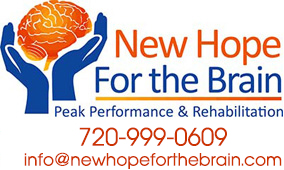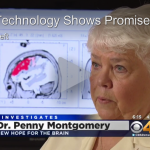Brain injury occurs as a consequence of an impact to the head or by sudden acceleration/deceleration in the cranium causing the soft brain to impact the hard skull. Injury can range from concussion (the mildest form of TBI) to open head injury (the most severe form.) Whiplash is likely to cause a form of TBI that injures the brainstem as well as the cerebral cortex.
It may cause a diminished or altered state of consciousness that can impair cognitive, behavioral, physical or emotional functioning.
A TBI, no matter how mild or severe can cause a variety of complications and have health effects that are not TBI in and of themselves but that result from it.
Symptoms are dependent upon the type of TBI (diffuse or localized) and the part of the brain that is affected. Symptoms are also dependent upon the severity of the injury. TBIs cause a host of cognitive and emotional problems for the victim. These symptoms include such things as personality and behavioral changes, movement disorders, mood swings and unpredictable outbursts of anger. Sensitivity to light and sound, trouble with memory, concentration as well as anxiety and depression frequently accompany TBIs.
Following a TBI, the body’s natural healing process works very hard to repair the damage for the first two months. Also during that time, the body is working to establish coping skills to minimize loss of function. The brain will create new neuronal pathways to move information to lobes and structures where it is needed. For the next two years, this same process continues but at a slower pace. At the end of the two year period, the body has created sufficient coping skills to no longer consider damage from this injury to be the priority and less attention is given to the ongoing loss of function. This is where neurofeedback comes in.
Neurofeedback is the process of showing maladaptive functioning to the brain which causes the brain to pay attention to it again. Once time has elapsed following a brain injury, the brain has developed new habits of maladaptive brain wave activity that interferes with continued functional improvement. Breaking this habit and replacing it with more normal firing patterns is an important step in the brain’s rehabilitation.
The steps in our three level recovery protocol first cause the brain to restore enough energy to take on the task of normalizing brain wave activity. The second step includes giving the brain information that both calls its attention to the injury’s damage and breaks the habit of misfiring. It allows the brain to normalize the frequency, amplitude and wave form shape.
Because brain injuries speed up the aging of the brain, most people do not realize a single concussion from years earlier can lead to dementia later in life.

